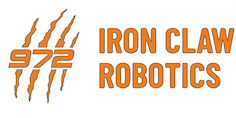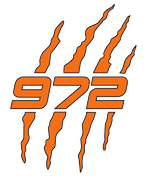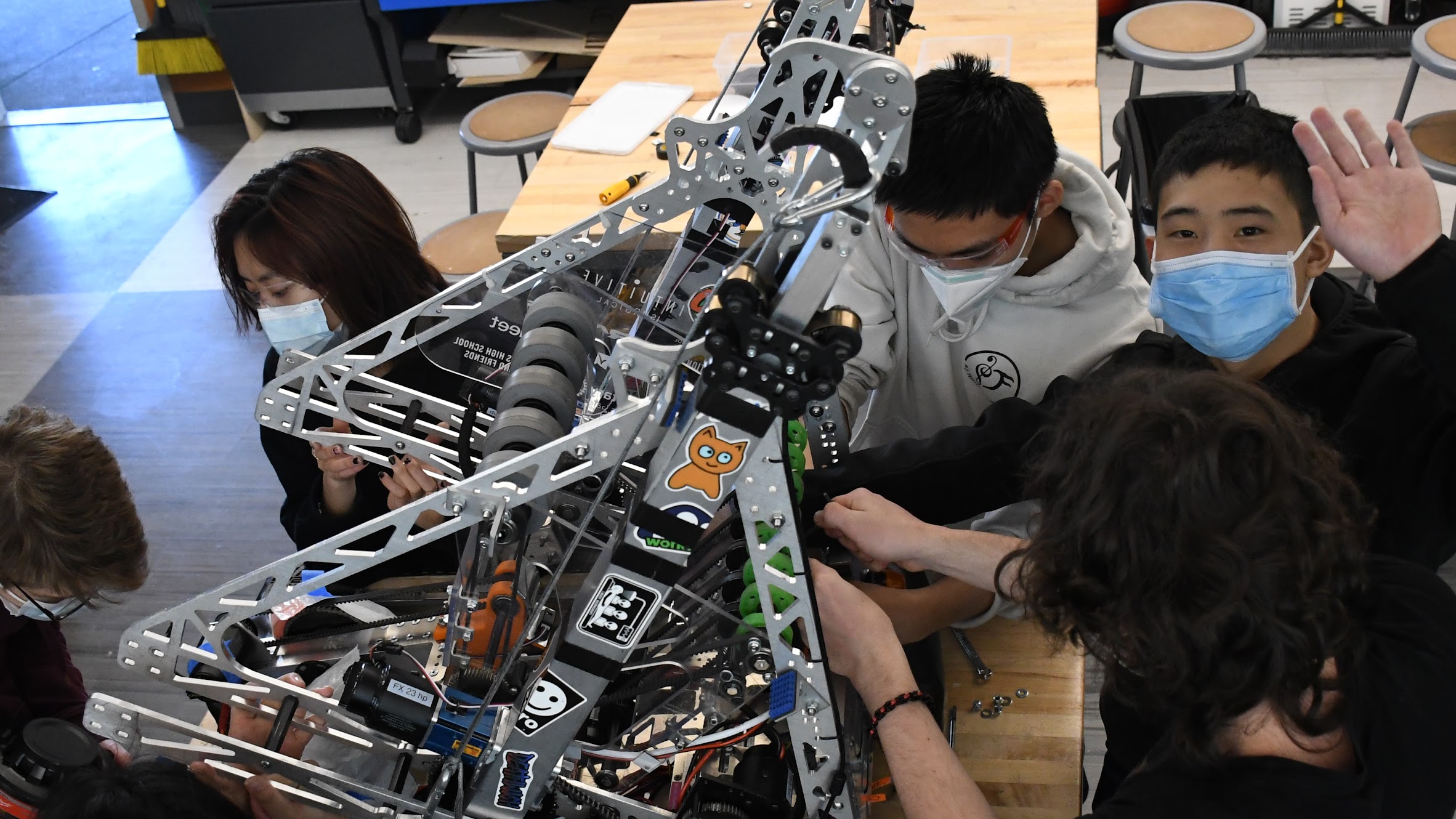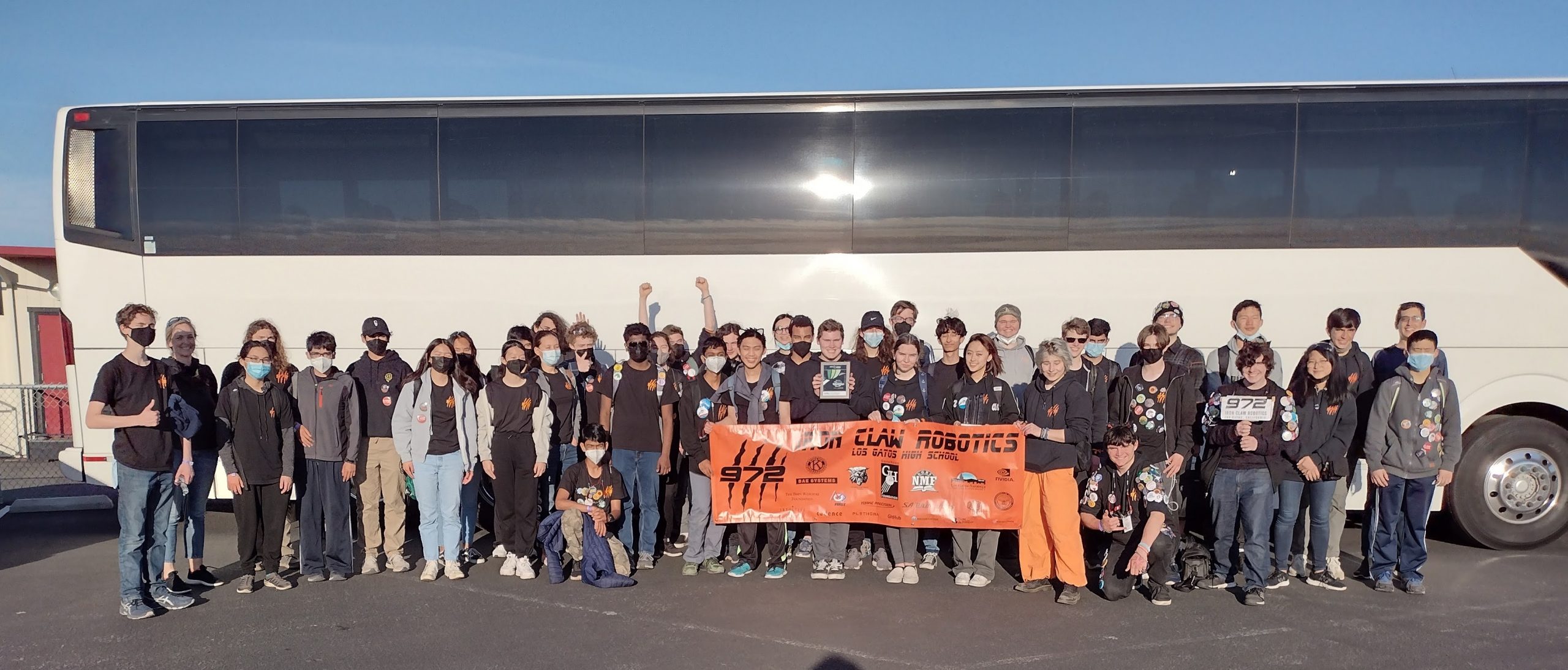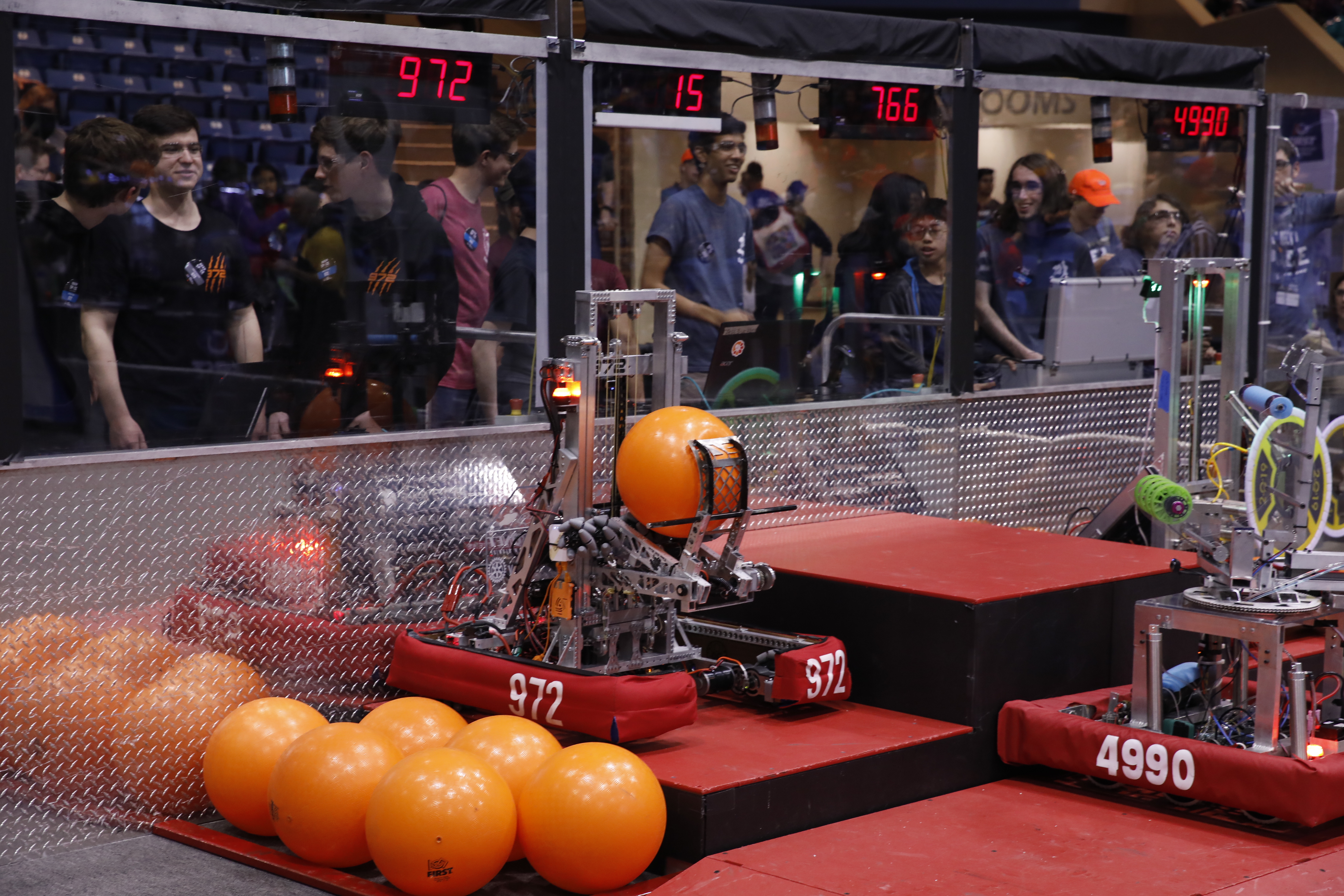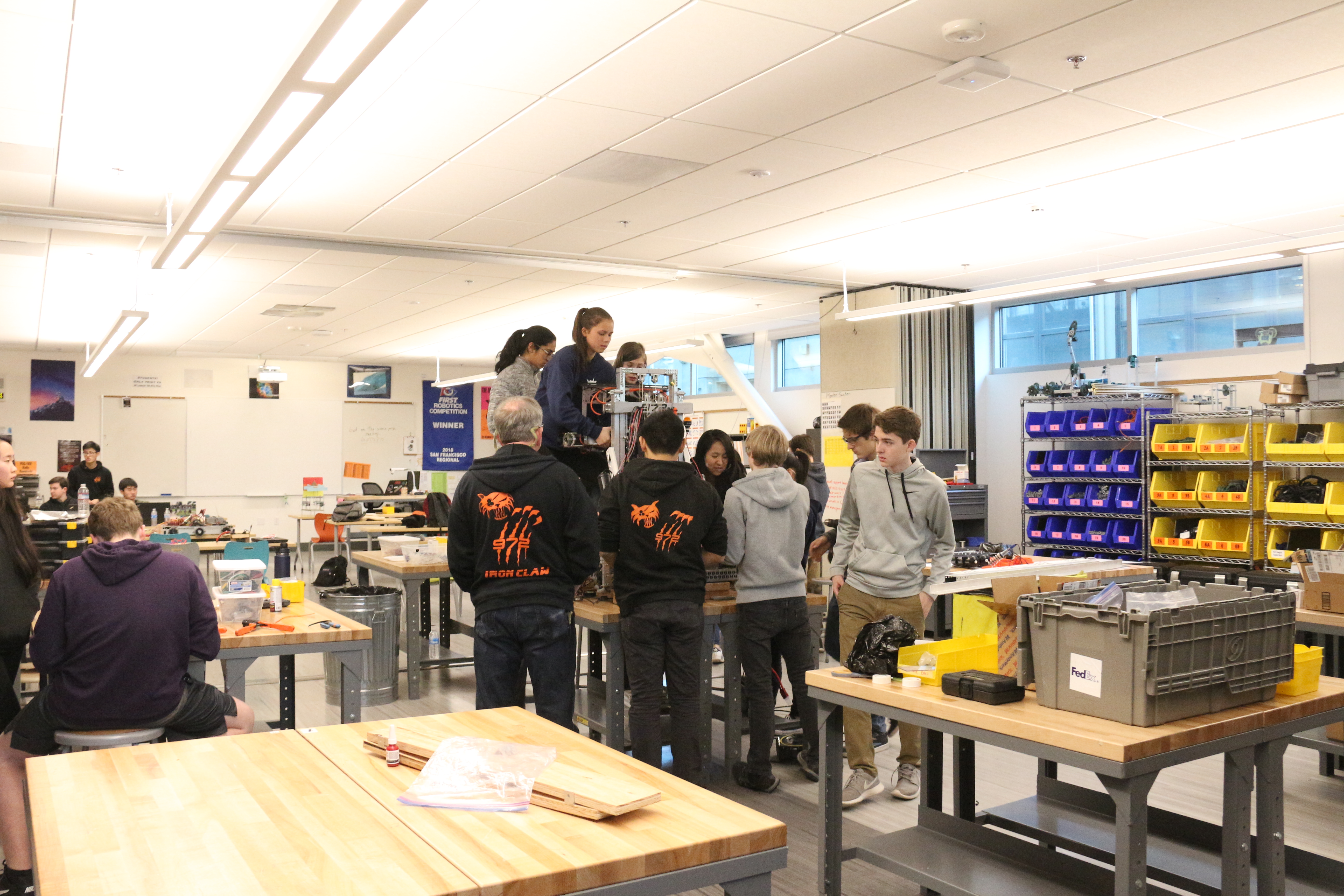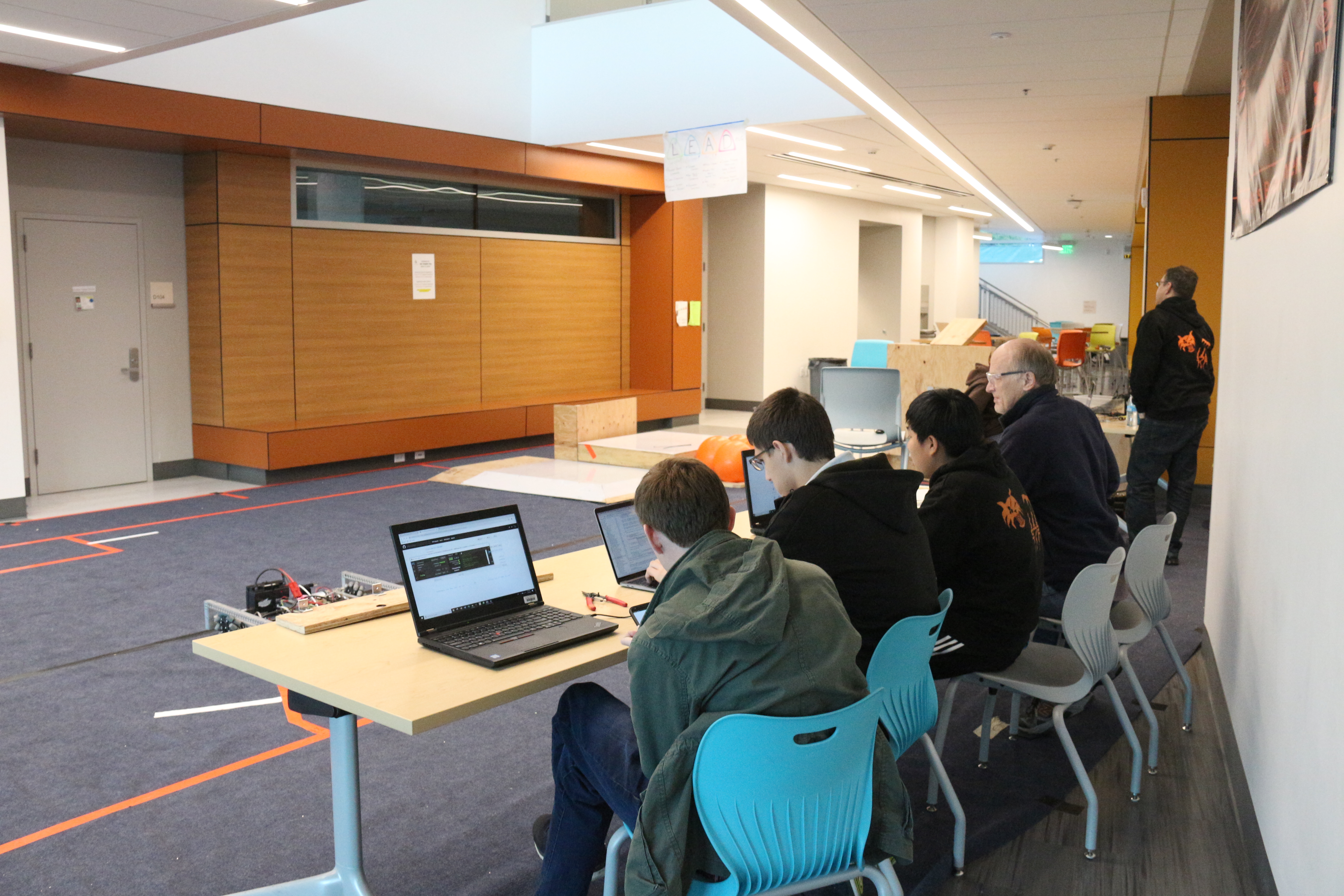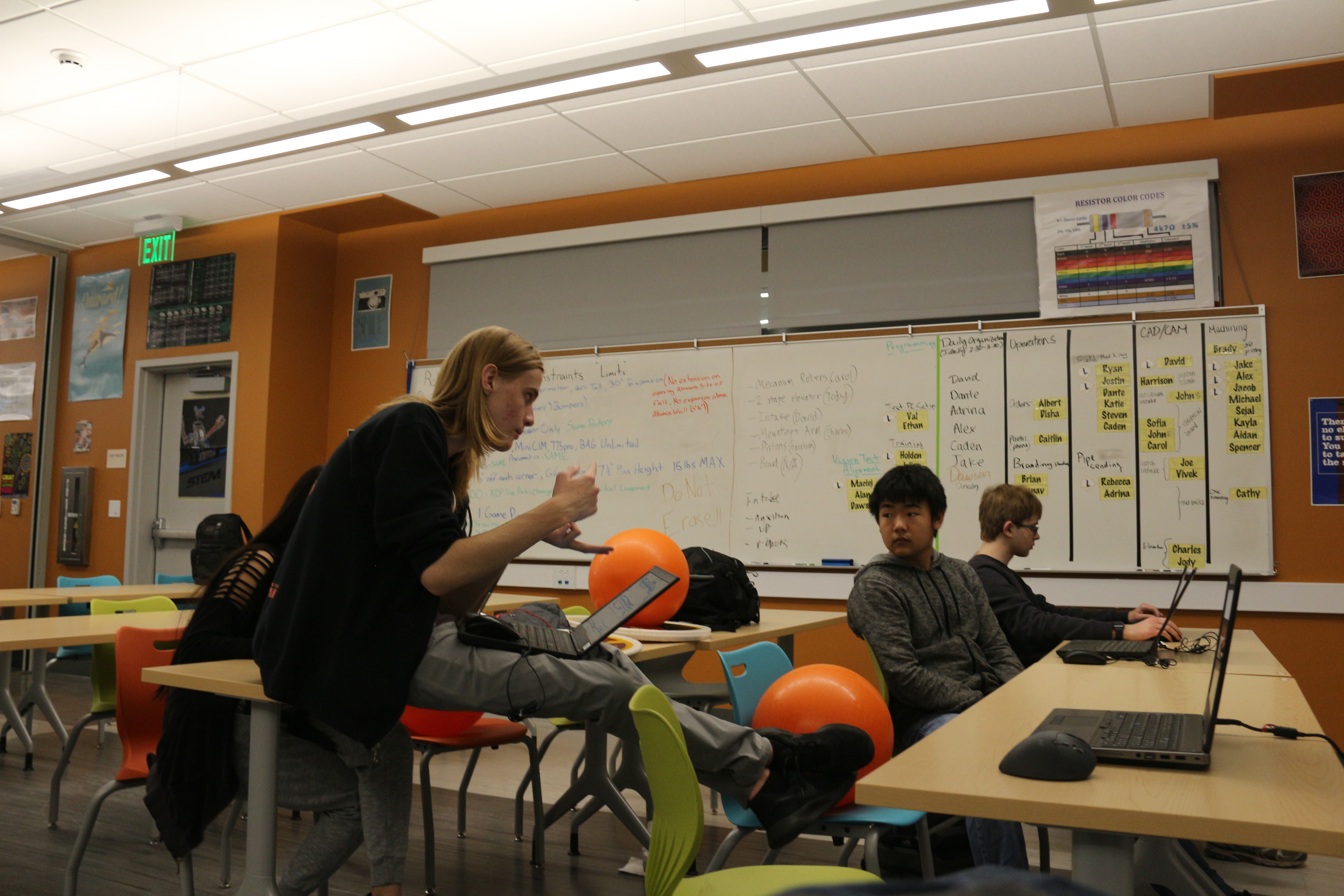2022 Season Recap
Excited to be back, yet well-aware of the challenges we would face due to coming back from the COVID-19 pandemic, we set humble expectations for our season and robot. We instantly recognized the importance of a consistent climb and set our initial goals as the high climb while shooting low hub. These expectations were reinforced at our first competition, the Hueneme Port Regional (HPR), and we even started shooting into the high hub as the competition went on. After our average performance, coming in 25th place after qualification matches and losing in the quarter-finals of the play-offs, we came back reinvigorated to improve on our robot. Our unexpected success in shooting into the high hub at HPR inspired us to significantly change our robot capability goals ahead of our next regional, the Monterey Bay Regional (MBR). After analyzing areas of improvement from the Week 1 competition, we set our eyes on a traversal-climbing robot that can shoot consistently into both the high and low hub. Specifically, for the latter goal, we started integrating computer vision into our robot using Limelight, which was the first time we successfully used vision. After much tuning, we became a fairly consistent high-hub shooter. The improvements to our robot paid dividends, to say the least, [...]
